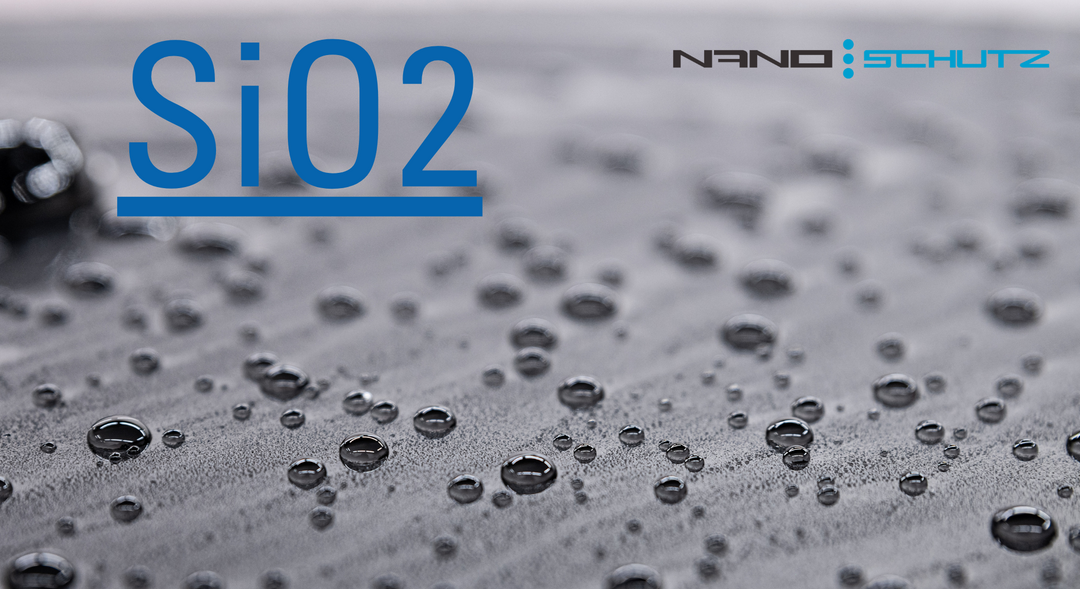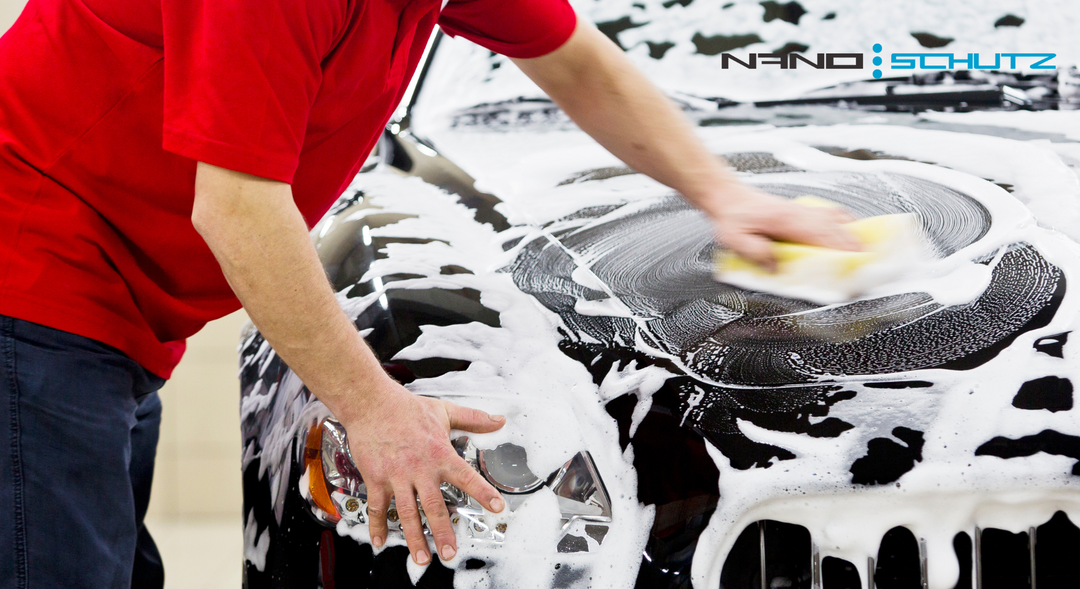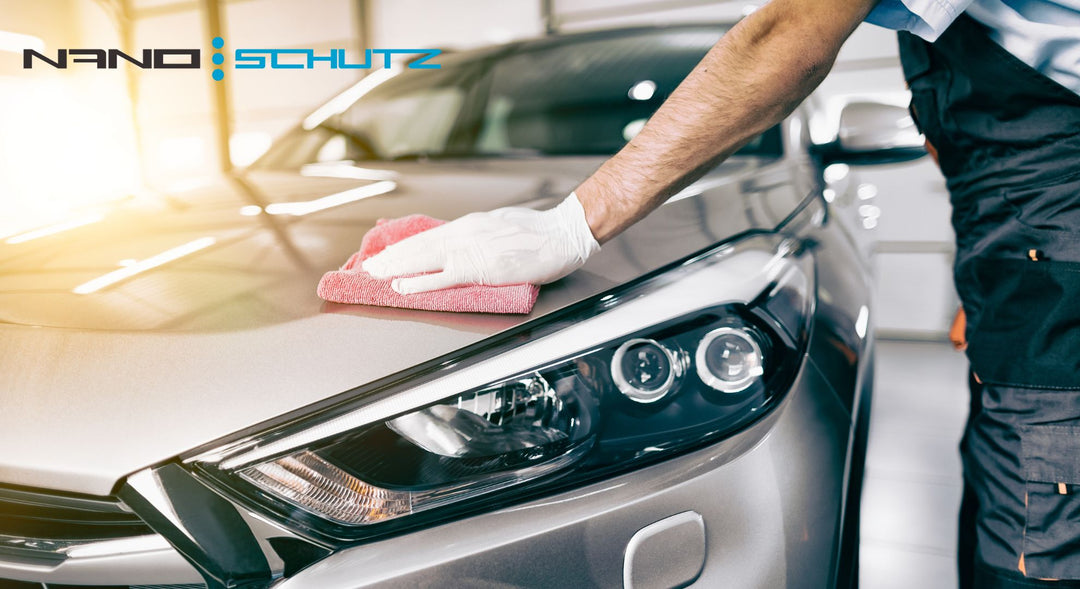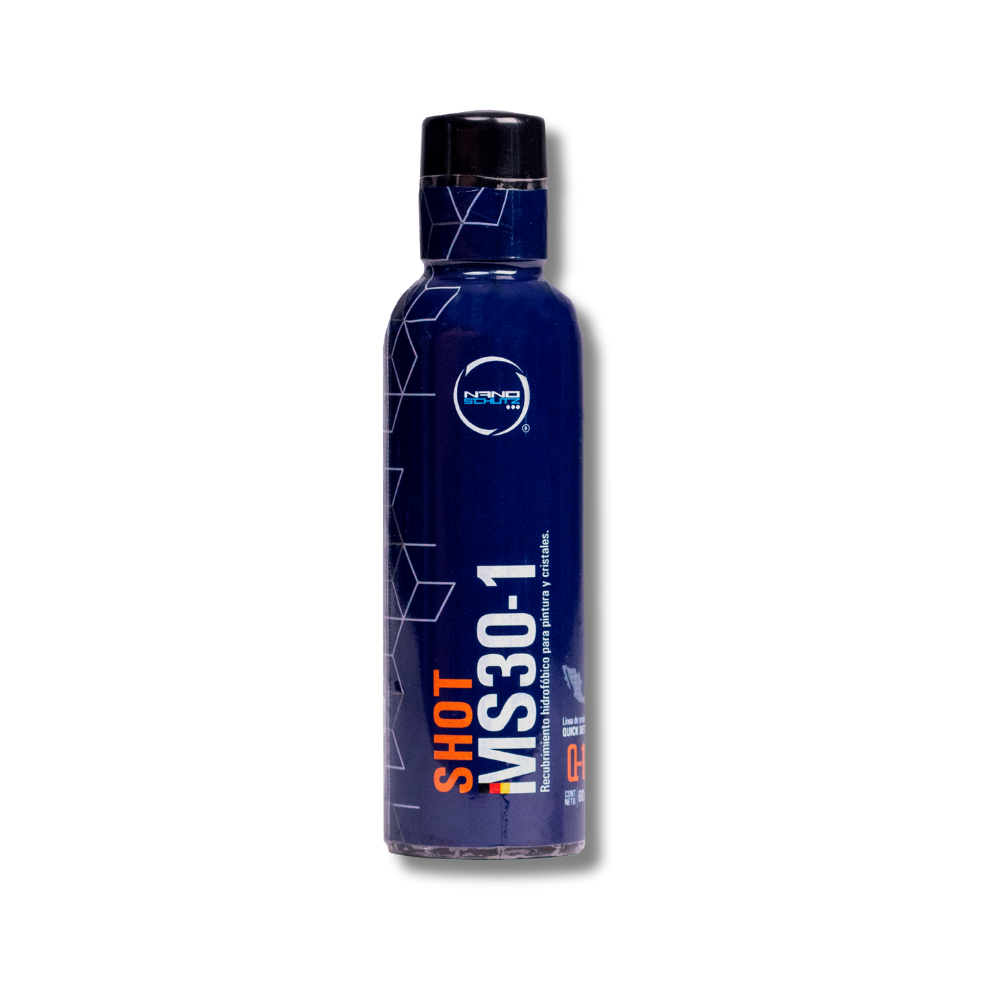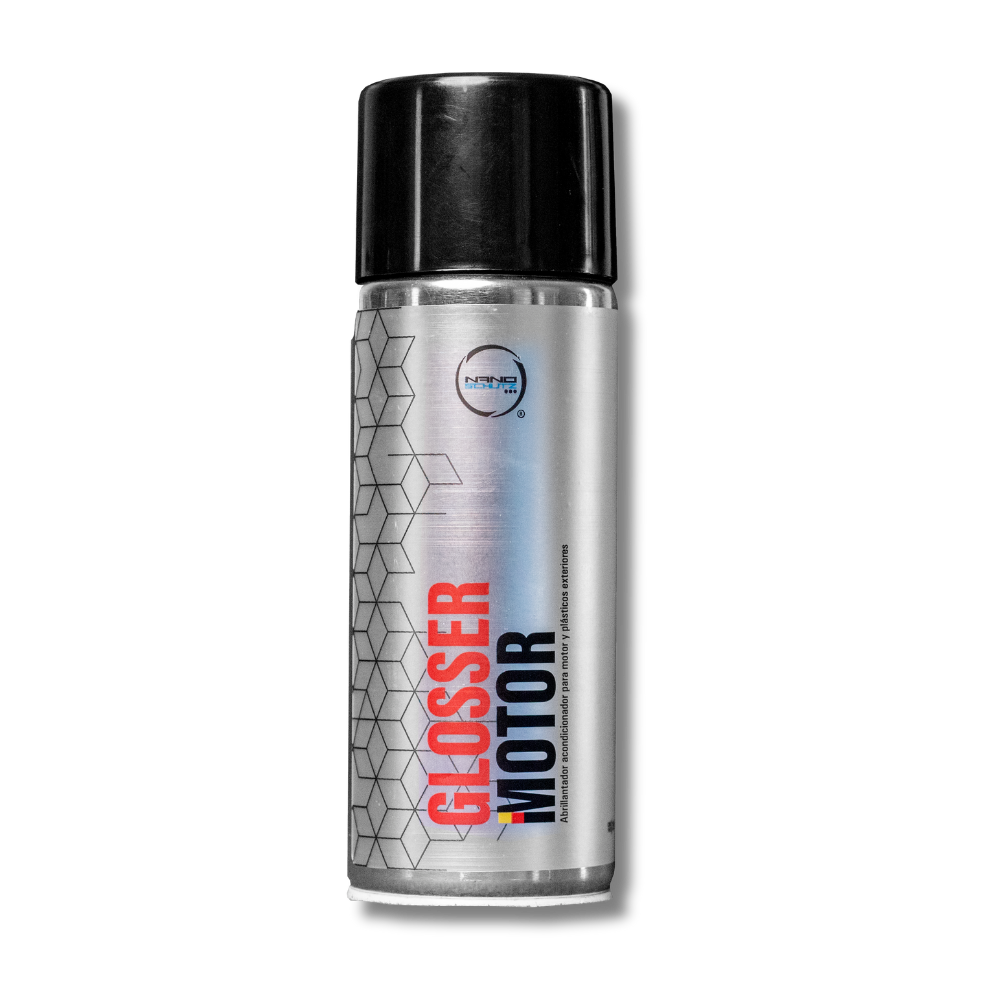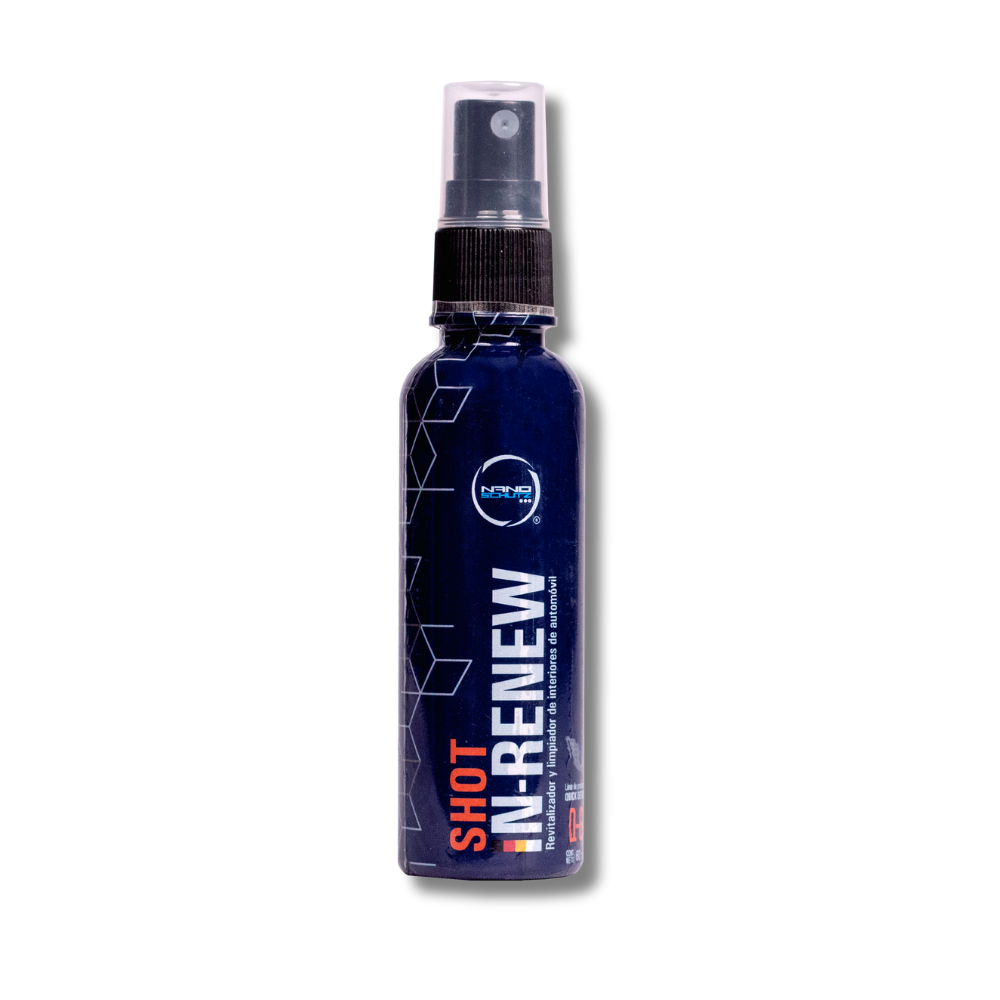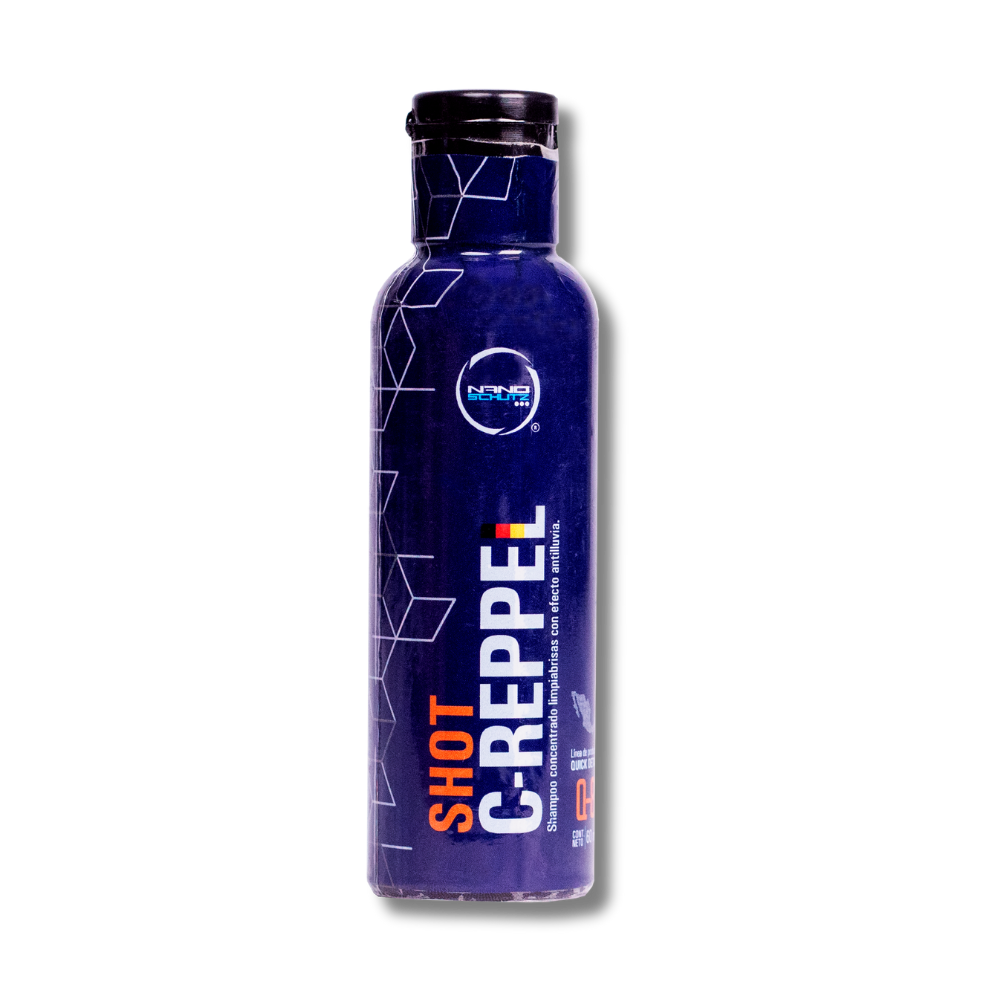The Surprising Truth About Traditional Car Wax
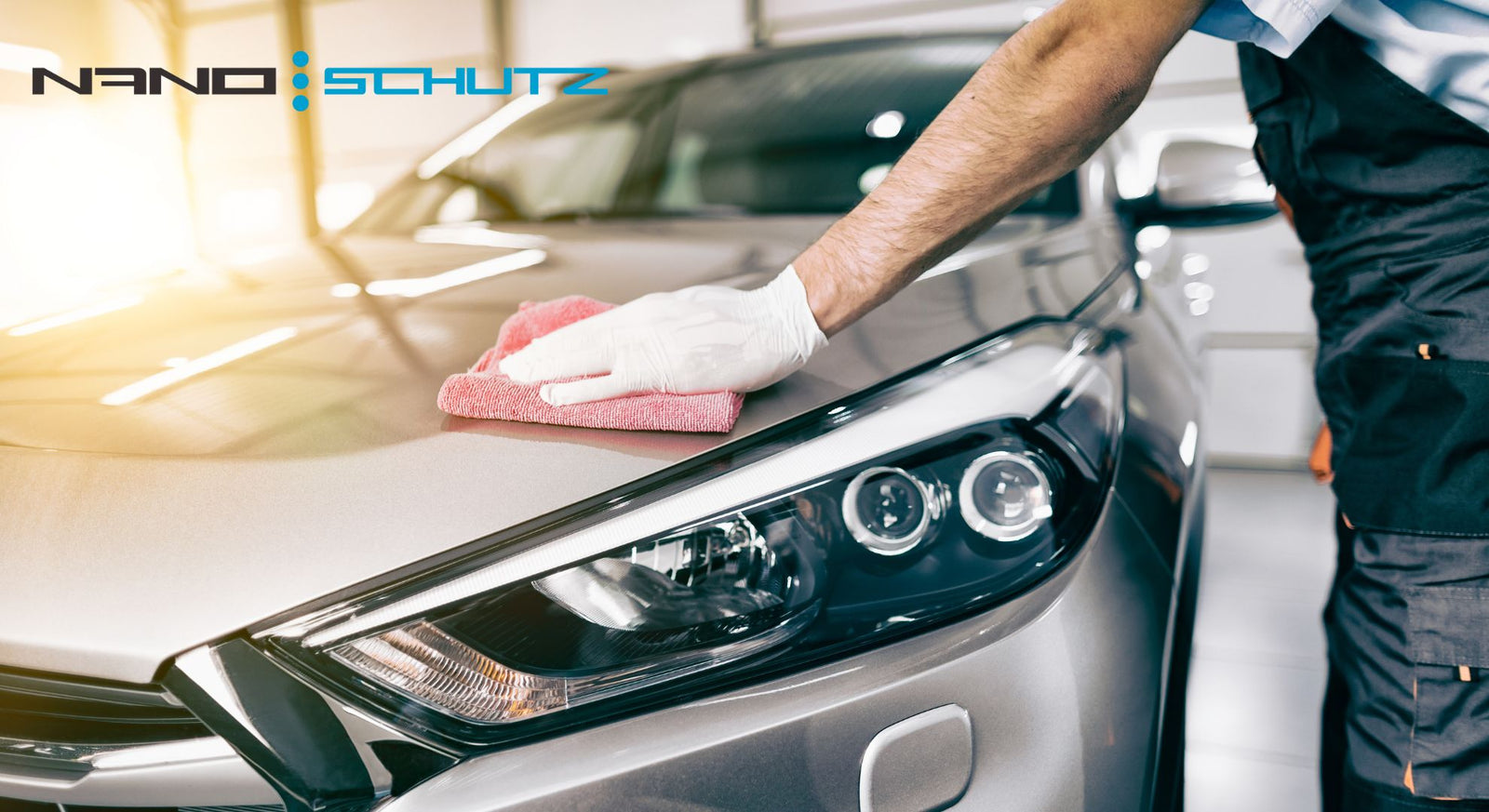
For years, car enthusiasts have relied on waxing to give their prized possessions a polished, shiny look. However, with advances in car care technology and a deeper understanding of what is truly beneficial for our cars and the environment, the question arises: Is wax really the best option? Here we reveal the truth behind car wax and present innovative alternatives such as NANO GRAPHENE GX , NANO PAINT and INFULL , which are changing the car care industry.
1. What chemicals does car wax contain?
Traditional car waxes typically contain a blend of natural waxes such as carnauba, synthetic polymers, solvents, and other additives. Some car waxes can contain harsh chemicals which, although effective in giving your car a shiny finish, can be harmful in the long run. It is always crucial to read ingredient lists, to ensure that we are not unintentionally causing harm to our vehicle's paint or the environment.
2. Is car wax bad for the environment?
The environmental impact of car wax depends largely on its ingredients. Natural waxes, such as carnauba, are biodegradable, but synthetic additives and solvents can be harmful if spilled during washing. They can leach into the soil and affect water sources and aquatic life. That's why it's imperative to look for greener alternatives that offer protection without the environmental cost.
3. Is car wax food safe?
A strange question, but relevant for those curious about the versatility of car wax. In general, while some waxes such as carnauba come from natural sources and are edible in their raw form, the additives in car wax formulas are not safe for consumption. So while you may hear stories about using car wax on countertops or even in culinary applications, it's best to avoid ingesting any commercial car wax products.
4. What is the disadvantage of waxing the car?
Car wax, while providing a temporary shine, may not offer long-term protection. Frequent re-applying of the product is necessary to maintain the waxed look. Additionally, under harsh conditions, traditional waxes can break down, leaving your car's paint vulnerable to contaminants and UV rays. And don't forget that wax residue can also build up in crevices, attracting more dirt and grime.
Given these concerns, modern solutions such as NANO PAINT and INFULL have emerged. These products take advantage of nanotechnology to offer longer-lasting protection and shine without the drawbacks associated with traditional waxes.
In conclusion, although the nostalgic charm of traditional wax is undeniable, it is essential to evaluate its effectiveness and its environmental footprint in the current context. With innovative products like NANO GRAPHENE GX at the forefront, it is clear that the future of car care is leaning towards sustainable and efficient solutions.
1. What chemicals does car wax contain?
Traditional car waxes typically contain a blend of natural waxes such as carnauba, synthetic polymers, solvents, and other additives. Some car waxes can contain harsh chemicals which, although effective in giving your car a shiny finish, can be harmful in the long run. It is always crucial to read ingredient lists, to ensure that we are not unintentionally causing harm to our vehicle's paint or the environment.
2. Is car wax bad for the environment?
The environmental impact of car wax depends largely on its ingredients. Natural waxes, such as carnauba, are biodegradable, but synthetic additives and solvents can be harmful if spilled during washing. They can leach into the soil and affect water sources and aquatic life. That's why it's imperative to look for greener alternatives that offer protection without the environmental cost.
3. Is car wax food safe?
A strange question, but relevant for those curious about the versatility of car wax. In general, while some waxes such as carnauba come from natural sources and are edible in their raw form, the additives in car wax formulas are not safe for consumption. So while you may hear stories about using car wax on countertops or even in culinary applications, it's best to avoid ingesting any commercial car wax products.
4. What is the disadvantage of waxing the car?
Car wax, while providing a temporary shine, may not offer long-term protection. Frequent re-applying of the product is necessary to maintain the waxed look. Additionally, under harsh conditions, traditional waxes can break down, leaving your car's paint vulnerable to contaminants and UV rays. And don't forget that wax residue can also build up in crevices, attracting more dirt and grime.
Given these concerns, modern solutions such as NANO PAINT and INFULL have emerged. These products take advantage of nanotechnology to offer longer-lasting protection and shine without the drawbacks associated with traditional waxes.
In conclusion, although the nostalgic charm of traditional wax is undeniable, it is essential to evaluate its effectiveness and its environmental footprint in the current context. With innovative products like NANO GRAPHENE GX at the forefront, it is clear that the future of car care is leaning towards sustainable and efficient solutions.


